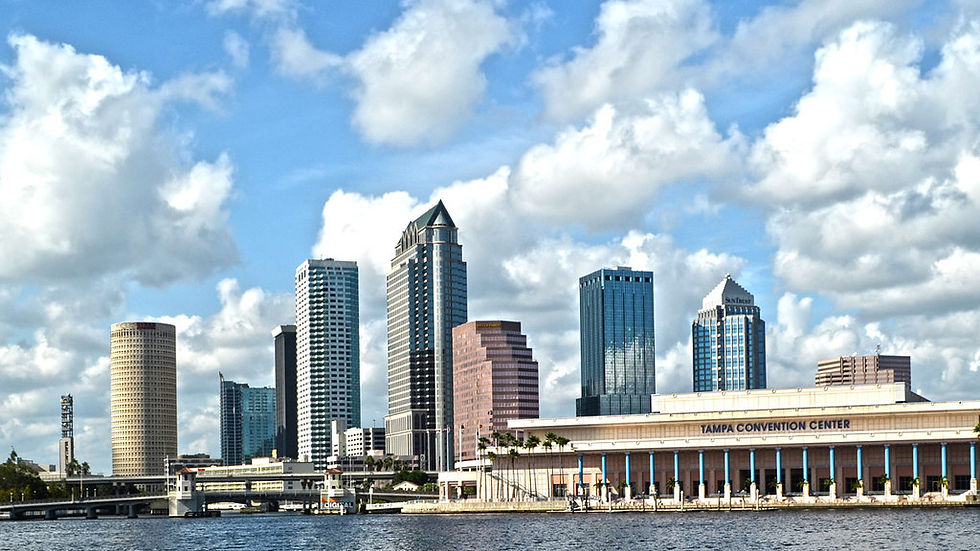The Pandemic's Influence on Real Estate Markets
- Alexa Gomez | Homebuying Expert

- Apr 15, 2024
- 2 min read
The COVID-19 pandemic has had a profound impact on various facets of society, and the real estate industry is no exception. From shifting housing preferences to altered market dynamics, the pandemic has reshaped the landscape of real estate markets worldwide. Let's delve into the multifaceted ways in which the pandemic has influenced real estate markets.
Changing Housing Preferences
The pandemic prompted a reevaluation of what people seek in their homes. With remote work becoming more prevalent, there has been a surge in demand for properties with dedicated home offices, larger living spaces, outdoor areas, and proximity to amenities that cater to remote lifestyles.
Urban to Suburban Migration
The desire for more space and a shift towards a work-from-home culture led many individuals and families to consider suburban or rural living over urban areas. This trend fueled increased demand for properties in less densely populated areas, driving up prices in suburban markets.
Impact on Commercial Real Estate
The pandemic had a significant impact on the commercial real estate sector. Office spaces faced reduced occupancy rates as remote work became the norm. Retail sectors experienced challenges due to temporary closures and shifts in consumer behavior towards e-commerce.
Accelerated Adoption of Technology
Real estate transactions increasingly relied on technology during the pandemic. Virtual tours, online listings, digital document signing, and remote consultations became prevalent, facilitating property viewings and transactions while adhering to social distancing measures.
Low Mortgage Rates and Increased Buying Activity
Historically low mortgage rates became a driving force for increased home buying activity. Lower interest rates incentivized buyers, creating a competitive market despite inventory shortages in certain areas.
Inventory Challenges and Price Increases
Inventory shortages plagued many housing markets, intensifying competition among buyers and driving up home prices. Limited housing supply, combined with high demand, led to rapid price appreciation in various regions.
Government Interventions and Stimulus
Government interventions, such as stimulus packages and mortgage relief programs, provided financial support to homeowners and renters affected by the economic downturn, temporarily mitigating potential housing market disruptions.
Long-Term Impact on Urban Areas
While urban areas experienced a temporary slowdown in real estate activity, experts predict that the allure of cities may reemerge as economies recover. Factors like cultural amenities, job opportunities, and lifestyle conveniences might draw people back to urban centers in the long term.
Emphasis on Health and Safety Features
Buyers increasingly sought properties with health and safety features, such as touchless technologies, air filtration systems, and dedicated spaces for home gyms, reflecting a heightened focus on personal wellness and hygiene.
Uncertainty and Evolving Trends
The pandemic's lasting impact on real estate markets remains uncertain. Ongoing adaptation to changing trends, economic recovery, vaccination rates, and potential shifts in work patterns will continue to shape the real estate landscape.
In conclusion, the COVID-19 pandemic catalyzed significant shifts in real estate markets, influencing housing preferences, commercial spaces, buyer behavior, and technological adoption. As the world adapts to new norms, the real estate industry must remain agile and responsive to evolving market dynamics, seeking innovative strategies to meet changing consumer needs and expectations.






.jpg)



